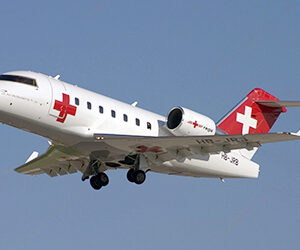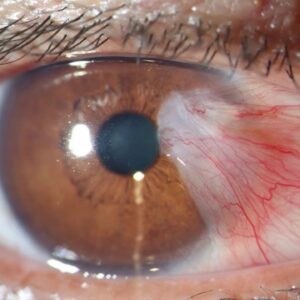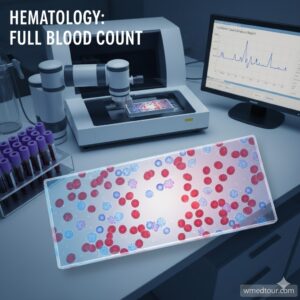1,076.00$
1,076.00$
Embark on a transformative journey with our exceptional range of medical treatments. As a leading medical tour operator, we offer a comprehensive selection of world-class treatments and procedures to address your unique healthcare needs. From advanced surgeries to cutting-edge therapies, our team of experienced professionals is dedicated to providing top-notch care and ensuring your comfort and satisfaction. Discover a new level of healthcare excellence with our tailored treatment options. Book now to start your journey towards a healthier and happier you.
A skin-sparing mastectomy is a surgical procedure used to treat breast cancer. It involves the removal of the breast tissue, nipple, and areola, while preserving the breast skin. This technique allows for immediate breast reconstruction following the mastectomy. Skin-sparing mastectomy is a modification of the traditional total mastectomy, which involves the removal of the entire breast, including the breast skin.
During a skin-sparing mastectomy, the surgeon makes an incision in the breast and removes the breast tissue, nipple, and areola. The breast skin is preserved to provide a natural-looking appearance after breast reconstruction. The incision is then closed with sutures or surgical staples. The procedure is typically performed under general anesthesia.
A skin-sparing mastectomy may be suitable for individuals with breast cancer who desire breast reconstruction following the mastectomy. It is often recommended for individuals with early-stage breast cancer or those at a high risk of developing breast cancer. The decision to undergo a skin-sparing mastectomy is made in consultation with a healthcare provider or surgeon, considering the individual’s specific circumstances.
A skin-sparing mastectomy may not be suitable for individuals with certain medical conditions or contraindications to surgery. The decision to undergo a skin-sparing mastectomy is made in consultation with a healthcare provider or surgeon, taking into account the individual’s specific circumstances.
The advantages of a skin-sparing mastectomy include:
Complications of a skin-sparing mastectomy can include short-term breast swelling, breast soreness, hardness due to scar tissue, wound infection or bleeding, seroma (fluid accumulation), and limitations in upper extremity mobility. However, it is important to note that the risk of complications is generally low, and the procedure has been performed successfully in numerous cases.
Preoperative care for a skin-sparing mastectomy involves a comprehensive evaluation by a healthcare provider to determine the need for surgery and the most appropriate approach. This may include medical risk reduction, diagnostic tests, and discussions about the procedure, potential risks, and expected outcomes. Additionally, discussions about breast reconstruction options may also take place.
Postoperative care for a skin-sparing mastectomy includes pain management, wound care, and monitoring for any signs of complications. Emotional support and counseling may also be provided to help individuals cope with the emotional impact of the surgery. Breast reconstruction may be performed immediately after the mastectomy, and the healthcare provider will provide instructions regarding postoperative care, including any necessary follow-up appointments.
| Country | |
|---|---|
| City | |
| Hotel | |
| Visa | |
| Translator | |
| Transfer | |
| Stay at Hospital | |
| Language | |
| Insurance | |
| Stay at Hotel | |
| City Tour |
Only logged in customers who have purchased this product may leave a review.






Reviews
There are no reviews yet.